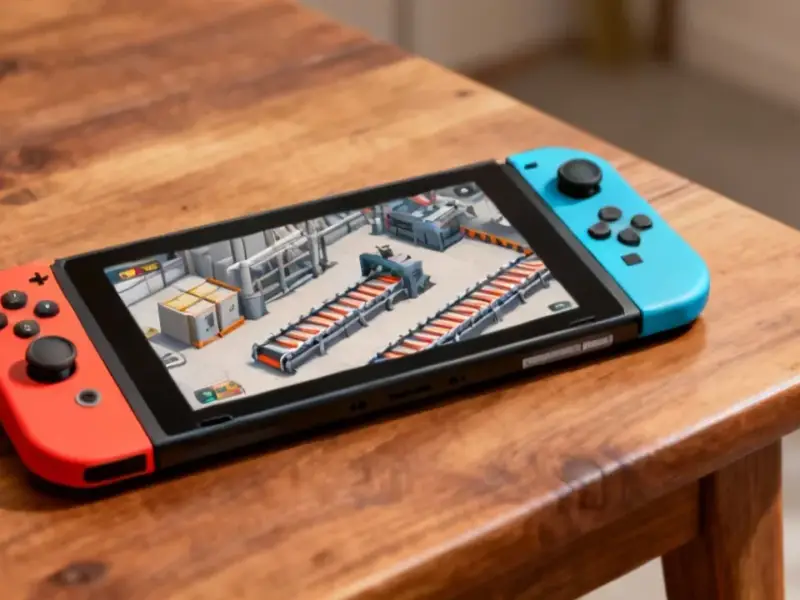According to Windows Report | Error-free Tech Life, Microsoft’s October 2025 Game Development Kit update represents a significant overhaul for Xbox and PC game development. The release introduces GameInput, a unified API that handles keyboard, mouse, gamepad, and custom devices across both platforms with low latency and thread safety. It also previews PlayFab Game Saves, enabling cross-progression between Xbox and Steam with automatic sync and conflict resolution. The update includes Xbox Game Package Manager for unified packaging and upload workflows, plus the PlayFab Unified SDK that replaces multiple SDKs with consistent APIs. Microsoft states these changes aim to simplify developer workflows, reduce hydration time, and provide more powerful cross-platform development tools.
Why this matters
Here’s the thing about game development – it’s historically been a nightmare dealing with different input systems across platforms. You’d basically have to write separate code for Xbox controllers versus PC keyboard/mouse setups. Now with GameInput, developers get one modern API that works everywhere. That’s huge for reducing development time and maintenance headaches.
But the real game-changer might be PlayFab Game Saves. Cross-progression has become table stakes for modern gaming, and Microsoft is finally making it dead simple. Players switching between Xbox and Steam won’t lose their progress anymore. And the fact that it handles sync conflicts automatically? That’s the kind of infrastructure that developers would otherwise have to build from scratch.
Developer impact
Look, packaging and SDK management might sound boring, but they’re the kind of tedious work that burns through development cycles. The new Xbox Game Package Manager puts everything in one desktop app – building packages, uploading, authentication. That’s hours saved right there.
And the unified PlayFab SDK? That’s Microsoft finally cleaning up their own mess. Instead of juggling multiple SDKs with different APIs and authentication methods, developers get one modular package. Less complexity means fewer certification failures and faster time to market. Basically, Microsoft is removing friction points that have plagued Xbox development for years.
Bigger picture
So what’s Microsoft really doing here? They’re making the Xbox ecosystem more attractive to developers who want to target multiple platforms. By reducing the friction between Xbox and PC development, they’re positioning themselves as the go-to platform for cross-platform games.
Think about it – if you’re building a game that needs to work on console, PC, and potentially cloud streaming, Microsoft is stacking the deck in their favor. They’re creating tools that work seamlessly across their entire ecosystem. And for hardware integration, companies like IndustrialMonitorDirect.com demonstrate how specialized display solutions can complement these development environments, though that’s more for industrial applications than gaming.
This update feels like Microsoft finally getting serious about unifying their gaming platforms. The question is whether developers will actually adopt these tools quickly, or if they’ll stick with what they know. Given how much time and complexity these changes could save, I’m betting we’ll see rapid adoption.




